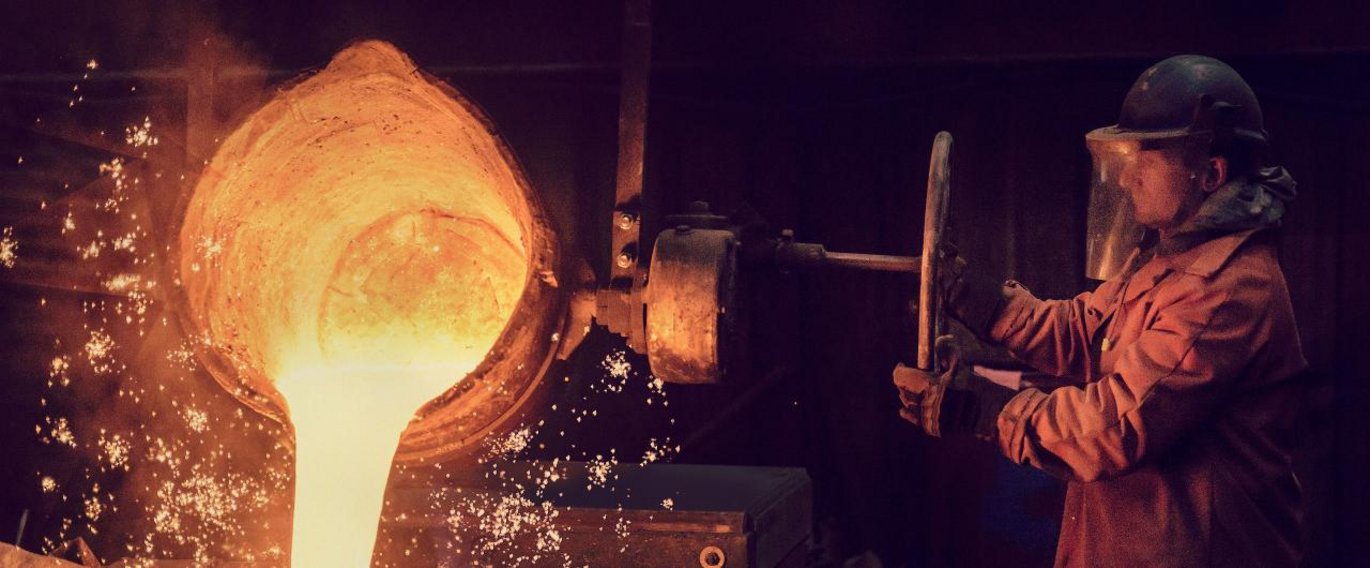Increasing the extraction of ethanol from syngas
CORC's PI Lars Angenent suggest a new method for increasing the amount of ethanol extracted from syngas by using bacteria that produces acetate and ethanol from the components of syngas through an enzymatic process. This method can help companies wanting to find new methods to optimize their industrial processes and striving to recycle syngas.

Industry is very interested in methods that can maximize the yield from the various by-products it produces. This also goes from syngas, which is produced in large quantities by the steel industry, and in waste incineration. Syngas is toxic, which is why industry is not permitted to discharge it into the environment.
CORC's PI Lars Angenent suggest a new method for increasing the amount of ethanol extracted from syngas by using bacteria that produces acetate and ethanol from the components of syngas through an enzymatic process. This method can help companies wanting to find new methods to optimize their industrial processes and striving to recycle syngas.
Lars Angenent is a Professor at the Department of Geosciences, Environmental Biotechnology Group, University of Tuebingen, Germany and the Novo Nordisk Foundation CO₂ Research Center and the Department of Biological and Chemical Engineering at Aarhus University in Denmark. He works in the field of environmental biotechnology with an interest in recovering carbon with open cultures, defined mixed cultures, co-cultures, or pure cultures of microbes. This, to generate specific products, such as energy carriers.
Read more about the method on Novo Nordisk Foundation's science news platform ScienceNews.
